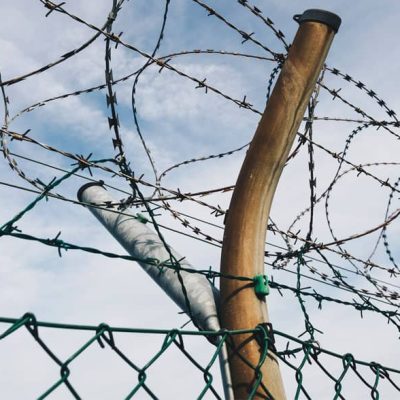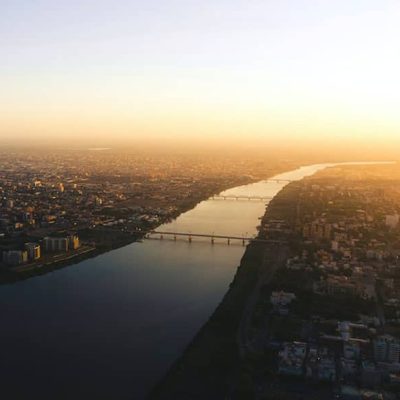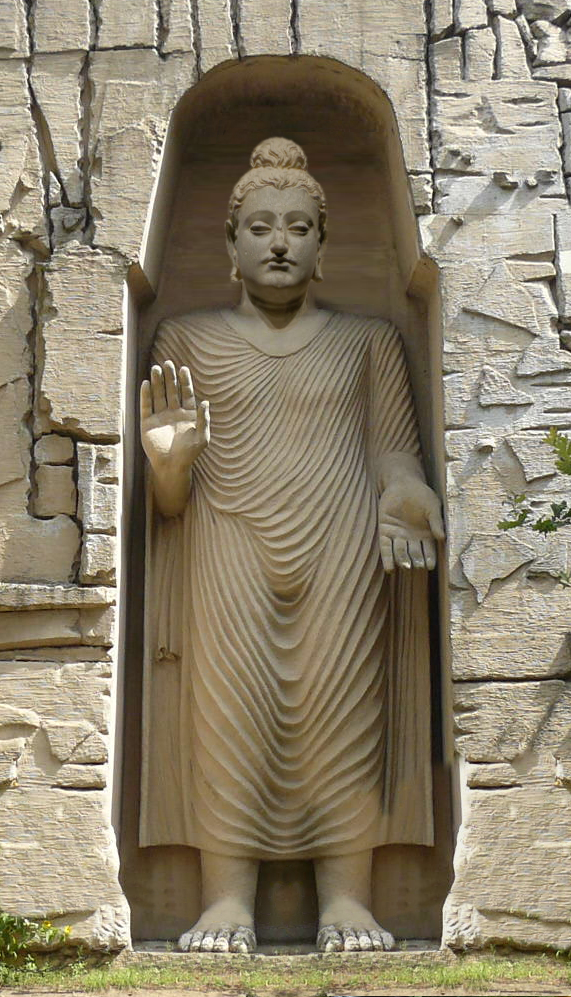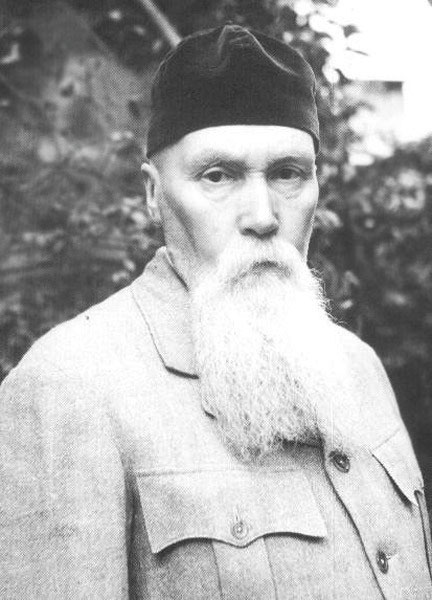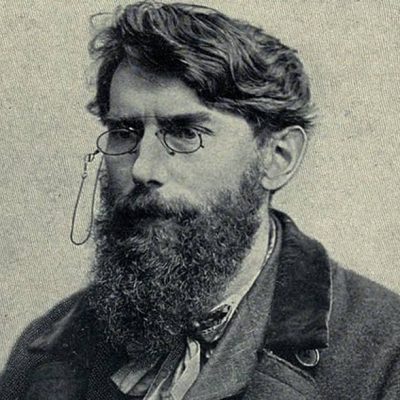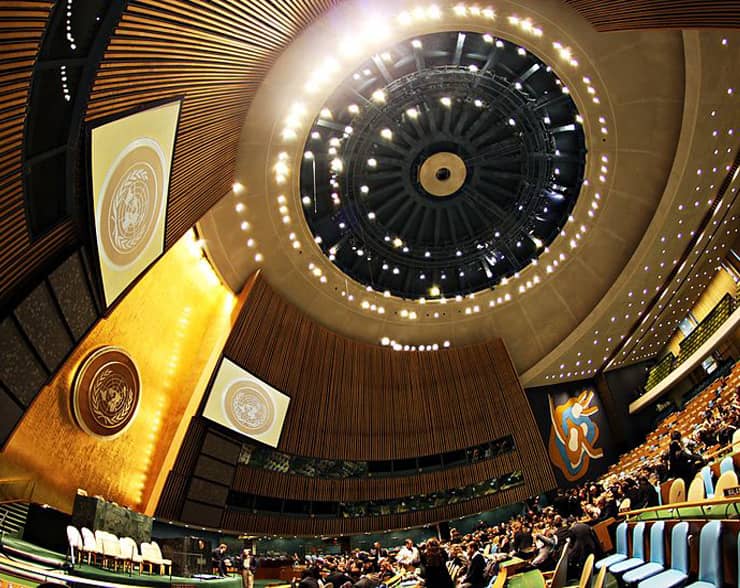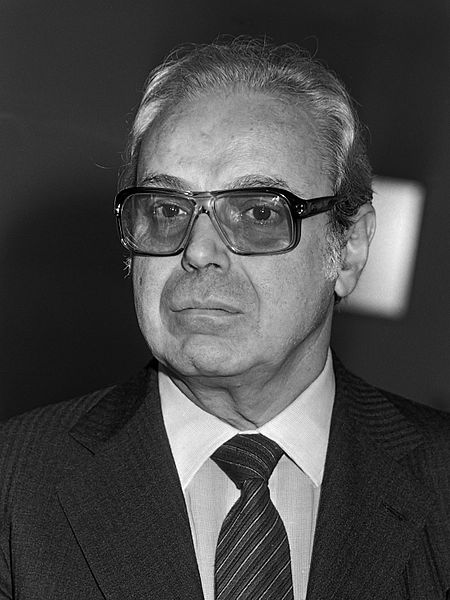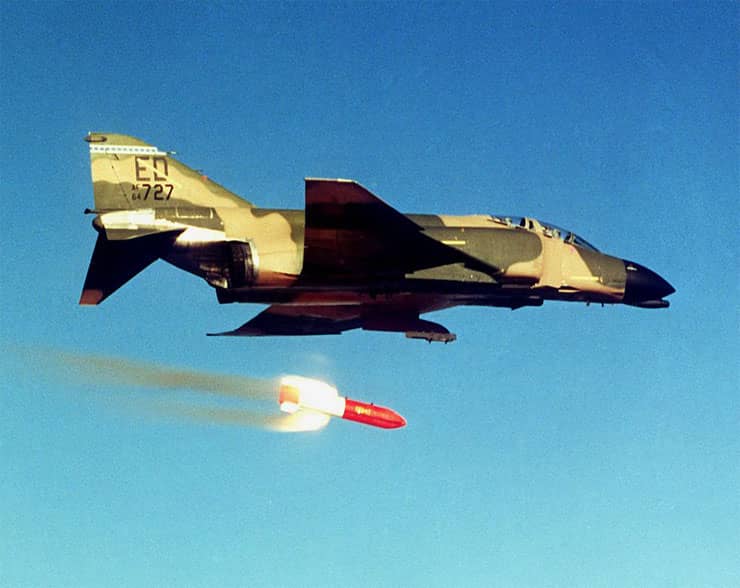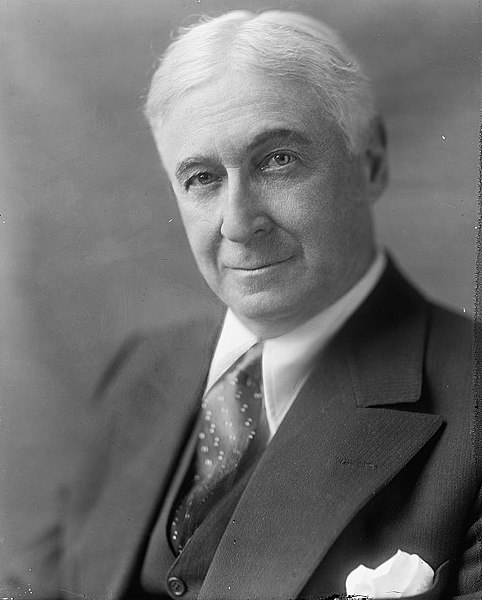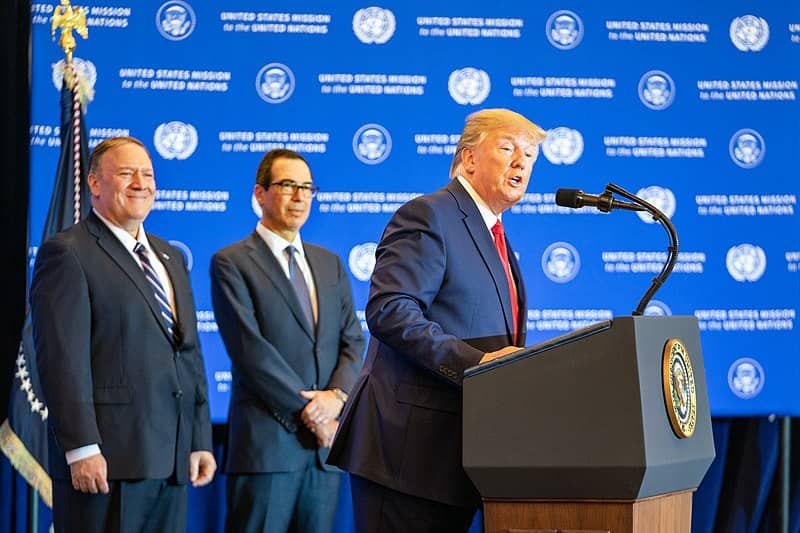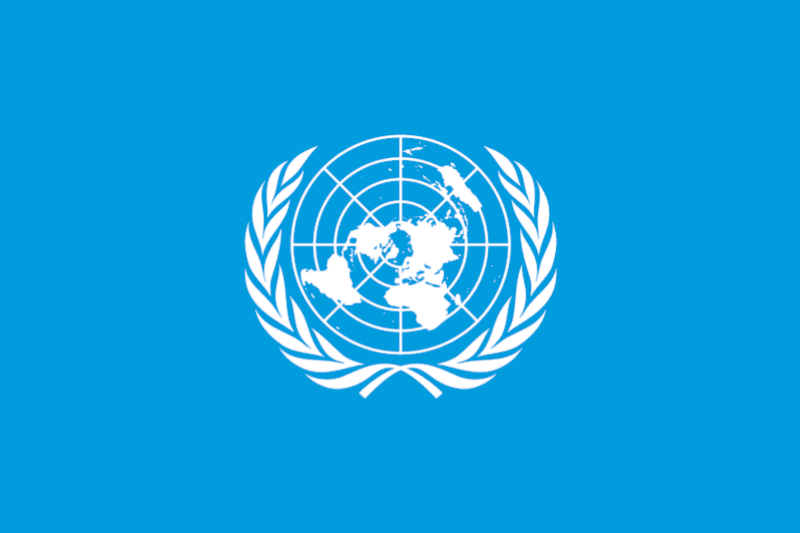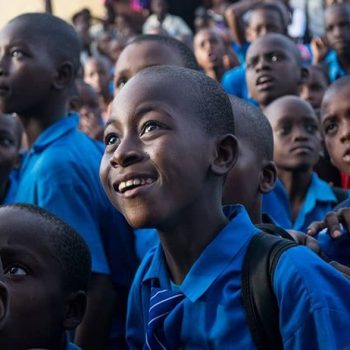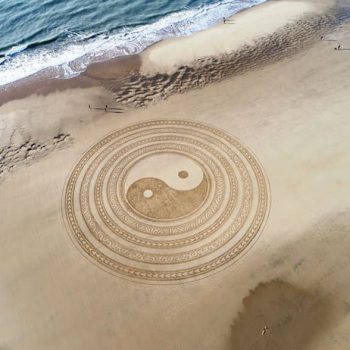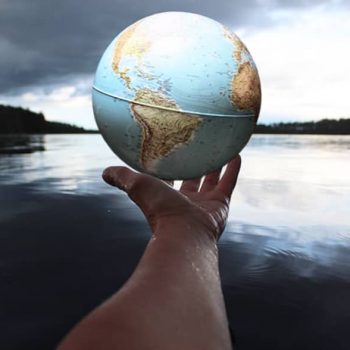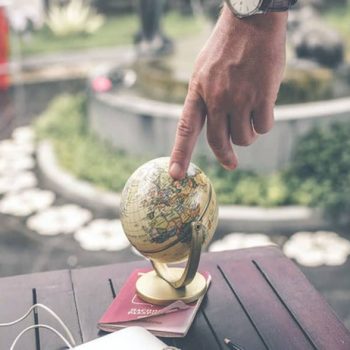 Appeals
Appeals
Peacebuilding and the Transformation of Education.
Featured Image: Image by Ian Ingalula from Pixabay.
The United Nations is preparing a Transforming Education Summit; to be held in New York on 19 September; during the General Assembly. A preliminary Summit is being held at UNESCO in Paris 28-30 June. This is an opportunity for peacebuilding efforts to provide information and suggestions; especially for a major theme of the Summit; “Learning and Skills for Life, Work, and Sustainable Development.” As the preparatory text for the Summit states:
“Transforming education means empowering learners with knowledge, skills, values and attitudes to be resilient, adaptable and prepared for the uncertain future while contributing to human and planetary well-being and sustainable development.”
However; the uncertain future holds out some clear challenges: armed conflicts, human rights violations, persistent poverty, mass migrations, and the consequences of climate change.
The goal of a world community living in peace; where human relations are based on nonviolent relationships is central to the transformation of education. We work to develop an atmosphere of cooperation and solidarity; where discussions of all points of view are possible. We must, however, be realistic in what such a summit on the transformation of education can bring in terms of long-range change.
I had participated in the UNESCO-led World Congress on Disarmament Education in Paris; June 1980. Today; there are no visible disarmament negotiations. There is a growth in military spending; despite many calls saying that the money would be better used for development and welfare. There is in many parts of the world a growth of militarization–a process whereby military values; ideology and patterns of behaviour achieve a dominant influence over political, economic and foreign affairs.
Nevertheless; there is a value in presenting the goals and techniques of peacebuilding in the Transforming Education Summit; especially that UNESCO already has an Education for Global Citizenship program; which includes elements of education for human rights and the culture of peace efforts.
Education for Global Citizenship aims to develop a sense of belonging to a common humanity and being able to contribute to global peace, sustainable development and the creation of a harmonious world society. As the Preamble to UNESCO’s Constitution states:
“Since wars begin in the minds of men, it is in the minds of men that the defenses of peace must be constructed.”
In light of the armed conflicts in many parts of the world; there is a need to focus on specific ways to ensure education for children in areas of armed conflict and in post-conflict situations; including effective measures to deal with the traumas caused by the armed conflict. Post-conflict education must help to develop new attitudes and values; especially toward those who were considered enemies during the armed conflict.
There is much that peacebuilding concepts and techniques can contribute to Transformation of Education. We need to see how best to provide ideas into this Summit process.
René Wadlow is a member of the TRANSCEND Network for Peace Development Environment. He is President of the Association of World Citizens, an international peace organization with consultative status with ECOSOC, the United Nations organ facilitating international cooperation and problem-solving in economic and social issues.

President, Association of World Citizens (AWC).
Estudied International relations in The University of Chicago.
Estudied Special Program in European Civilization en Princeton University
Here are other publications that may be of interest to you.
Politics Beyond National Frontiers.
Featured Image: Photo by Markus Spiske, Unsplash. In our current globalized world society, there is an increased role for politics without borders. Politics no longer stops at the water’s edge…
Protecting Cultural Heritage in Time of War.
Featured Image: World Heritage flag, Stortorget, Karlskrona. By Henrik Sendelbach, CC BY-SA 2.5 https://creativecommons.org/licenses/by-sa/2.5, via Wikimedia Commons. War and armed violence are highly destructive of the lives of persons, but…
Let My Children Go: World Efforts to Eliminate the Worst Forms of Child Labour.
Featured Picture: Nepali girls working in brick factory. Krish Dulal, CC BY-SA 3.0 <https://creativecommons.org/licenses/by-sa/3.0>, via Wikimedia Commons. Child Labour. Your children are not your children;They are the sons and daughters…
Our Common Oceans and Seas.
Featured Picture: Photo by Alice Mourou on Unsplash. The people of the earth having agreed that the advancement of man in spiritual excellence and physical welfare is the common goal…
U.N. Security Council Focus On World Hunger.
Featured Image: Photo by Sigmund on Unsplash. On 23 May, the United Nations Security Council will hold a special briefing to address the issue of food insecurity under the chairmanship…
The Sky Darkens in Sudan.
Featured Image: Photo by Abdulaziz Mohammed on Unsplash. On 15 April 2023, a long-brewing conflict between two generals who had seized power in a coup in 2021 broke into armed battles…
Israel-Palestine: Tension-reduction Measures Urgently Needed.
Featured Image: Image by DEZALB from Pixabay. The Association of World Citizens calls for urgently needed tension-reduction measures in the Israel-Palestine-Lebanon area. Tensions have led to a barrage…
Syria: The Start of a Long Night of Sorrow.
Featured Image: Photo by Ahmed akacha: https://www.pexels.com/es-es/foto/gente-demostracion-rally-protesta-7183546/ By Rene Wadlow. On 13 March 2011 in Derra, in the south of Syria, 15 teenage boys were arrested by Syrian security police…
Yemen: Positive Action Still Needed.
Featured Image: The UK hosted the Friends of Yemen meeting on 27 September 2012 in New York alongside co-hosts the Kingdom of Saudi Arabia and the Republic of Yemen. The…
Confidence-building Measures in Asia-Pacific: Reversing the Slide to Violence.
Featured Image: Photo by wu yi, Unsplash With U.S. and Chinese military engaged near Taiwan, a miscalculation could lead to armed violence. The armed conflict in Ukraine has heightened the debate…
